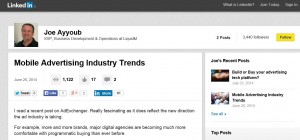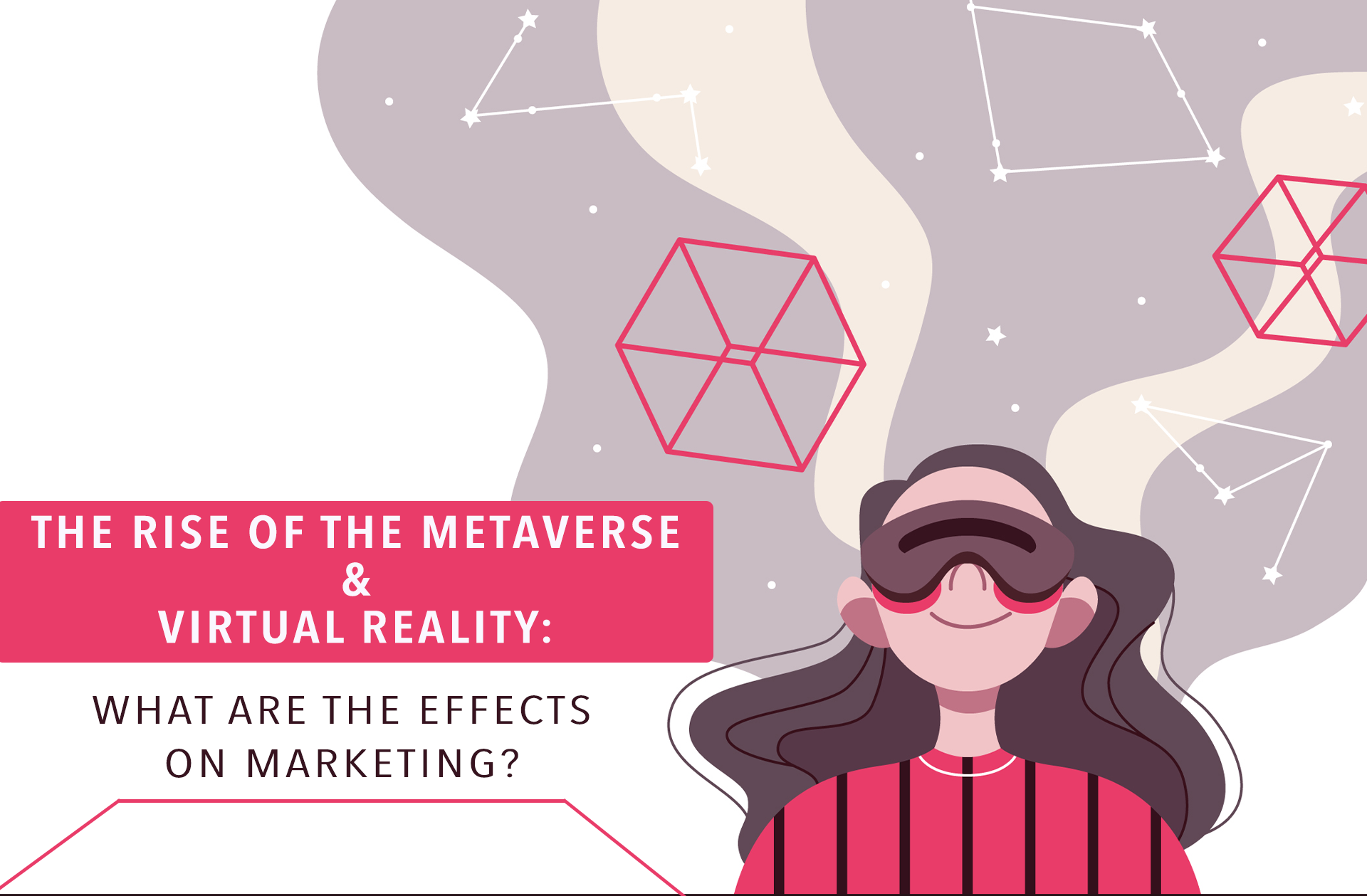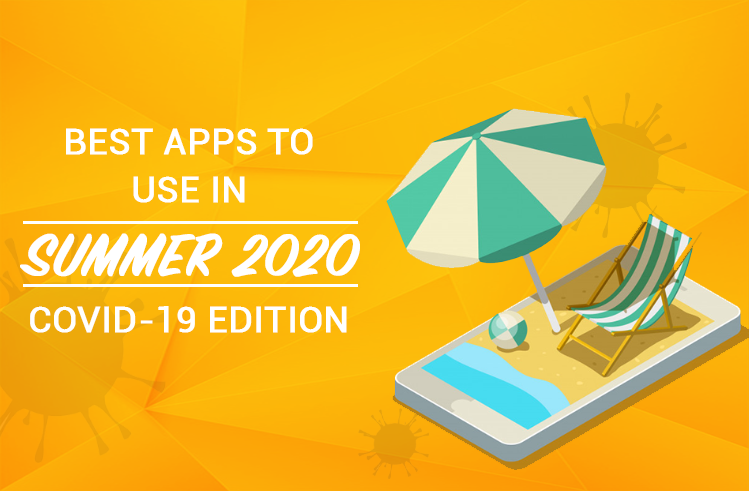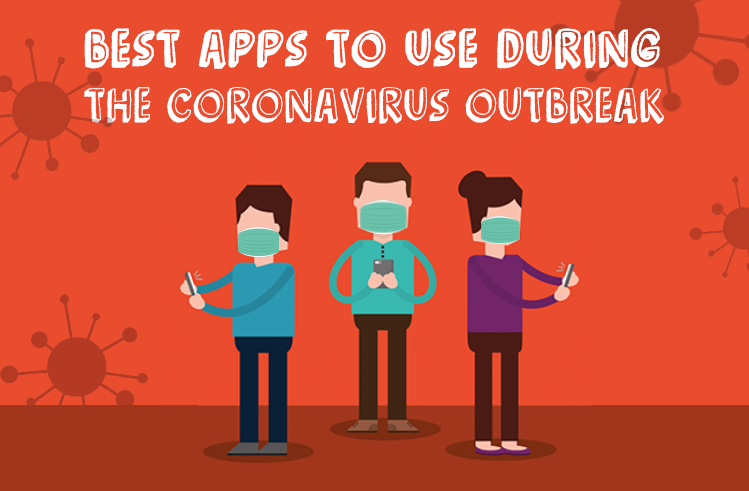It’s an interesting time to assess the ‘white hot’ landscape for mobile advertising campaign management approaches – and ponder exactly where the balance might lie between campaign ‘automation’ and professionally managed services.
Indeed, industry watchers like Joe Ayyoub SVP, Business Development at LiquidM, now seem breathless with anticipation for a change in brand managers to accept the near-total automation of the digital ad placement process. Yet, whilst that technical direction is clear, the ‘buyer’ balance somehow remains the same. For a great many direct advertisers, and those using Minimob’s services; the value-added part of ‘human’ automation provides a far more suitable way to delegate certain tasks – and obviates any commercial risks in attaining the best CPA or CPI returns.
That said, Minimob (in its most recent platform update) also provides self-service tools for the automatic selection of CPI-campaign metrics, like setting budgets and target numbers of downloads; thereby allowing the optimized platform logic to “go off” and do its thing with specific measurable metrics.
What Joe, a LinkedIn influencer, calls a dramatic industry trend pushing towards “programmatic demand” is reflected in some key attributes all developers should be aware of in the near future:
* Retargeting: Targeting a user (again) based on previously less successful transaction. Targeting in mobile is not easily possible as there is no cookie to be used. However, it is possible if coupled with any of the methods listed below.
* Native Advertising: The art of creating a brand new “impression” that never existed before. Based on app interaction or app content or mobile web content the user is interacting with. The advertising content is directly related to the content or app the user is looking at
* Performance: (in mobile): Advertiser pays when they see a measurable result (click to call, app downloaded, purchase…etc. CPC, CPI, CPA, CPL)
* Local and Hyper-local targeting: When carrying our phones on us all the time creates a huge potential (and a multi-billion dollar industry)!
* Geo-fencing:
– Ring-fencing – The ability to contact someone within a “geo ring”.
– Place targeting – Reach everyone at a specific location (i.e. stadium, theater).
– Grid fencing – Similar to ring-fencing plus specific demographics.
* Conquesting – A variation of ring-fencing. Lure customers who enter a competitor’s store with an offer or discount.
* In-store Targeting: (Apple Store targeting customers inside their stores using iBeacons for example)
* The Human Cookie: The user with the app is the “cookie”. (49ers new stadium’s mobile app for doing everything within the stadium’s parameters).
Joe’s big conclusion? “Due to all the above targeting needs, Real Time Advertising and Real Time Marketing through programmatic buying is more important than ever and I predict the growth will be exponential…(the) Next one year in our industry is going to be a year of explosive growth.
No one would necessarily disagree with that premise, and it’s fair to say Minimob pretty much provides advertisers with the choice; whether a campaign is driven by humans or algorithms or both! However, given the above list ‘Performance’ and entirely measurable results will likely “deliver the numbers” for some time to come.





